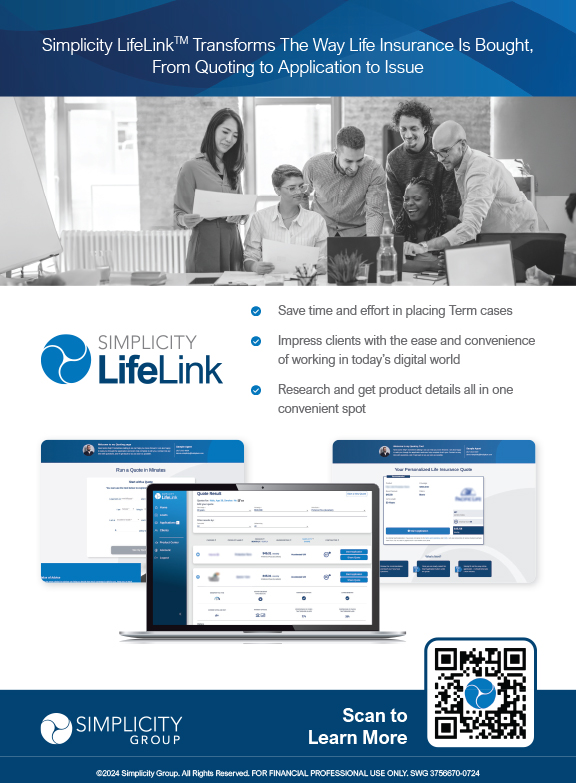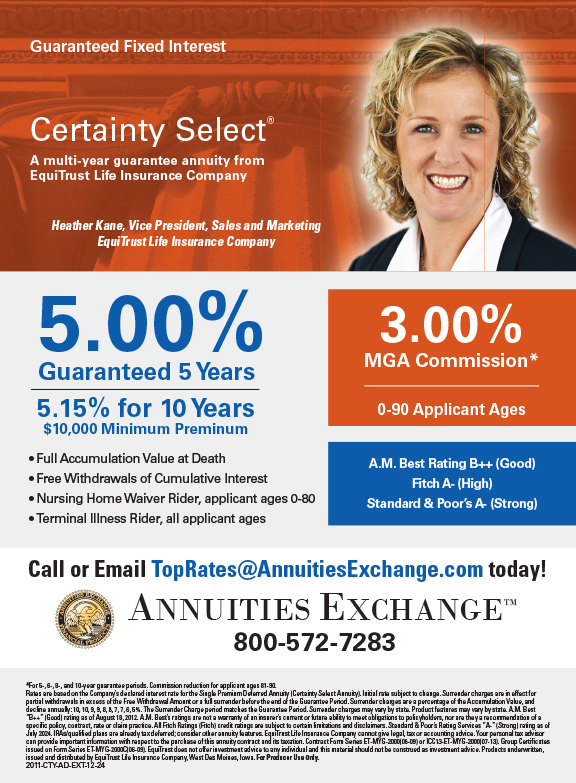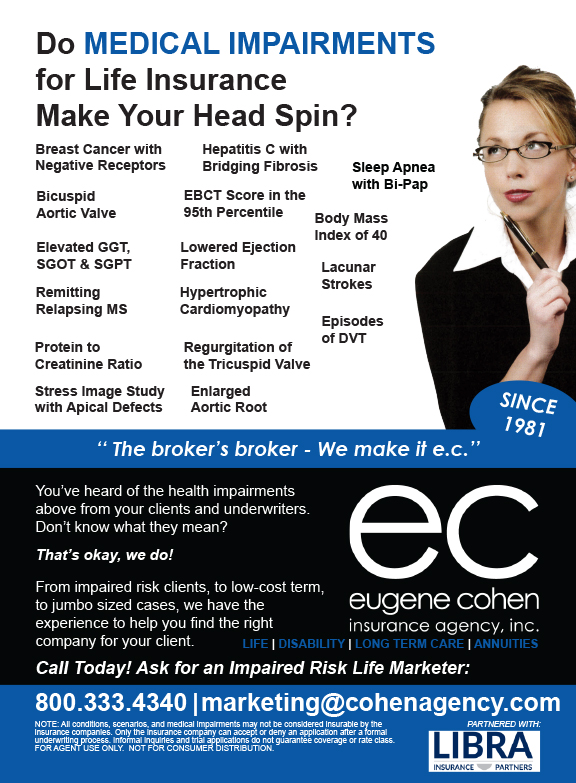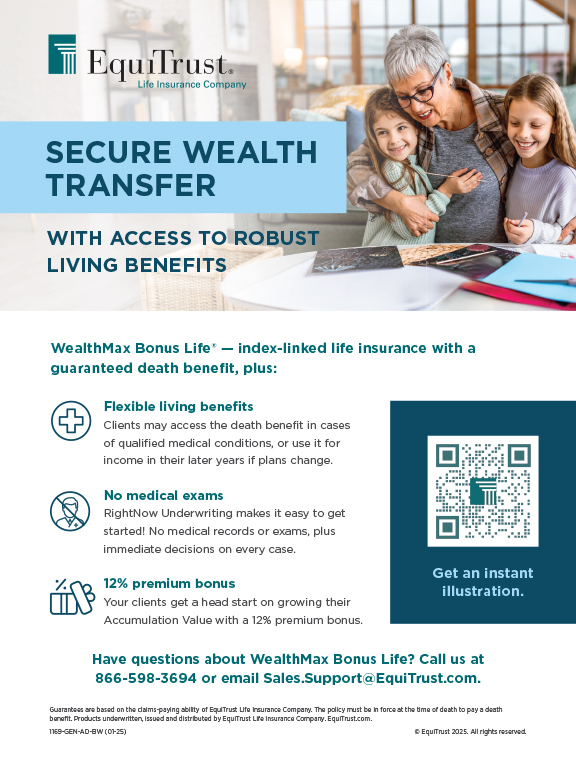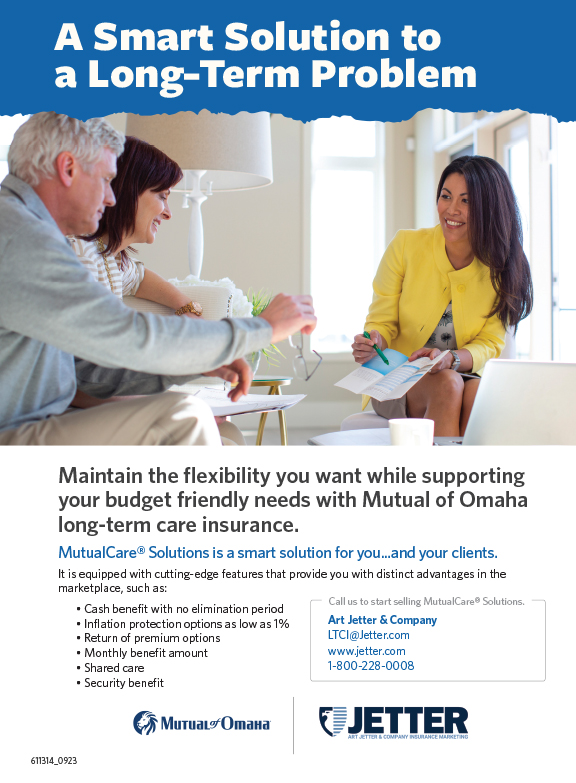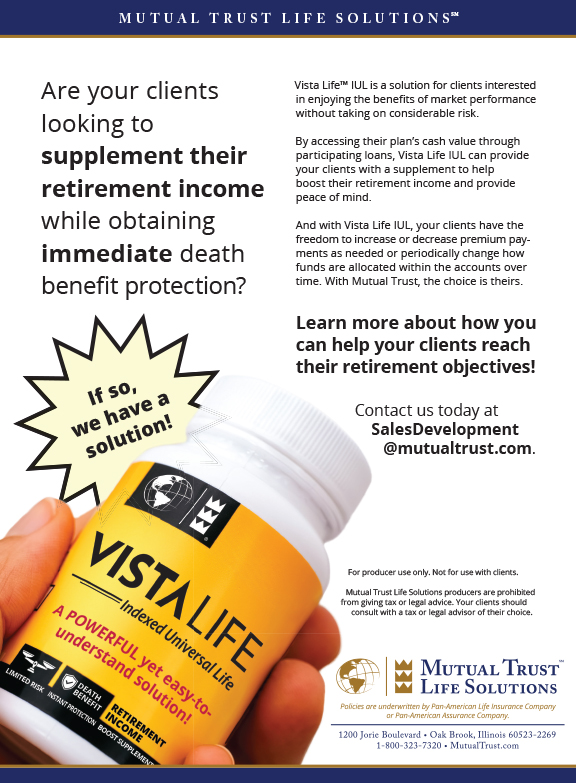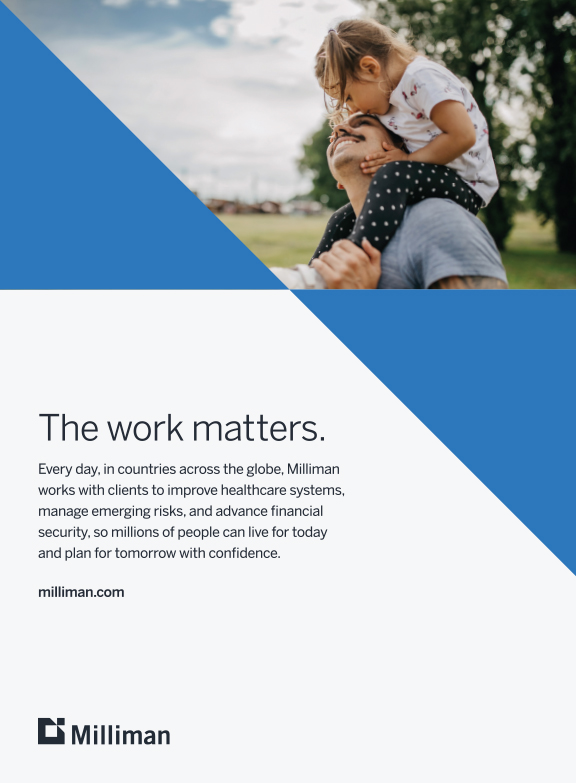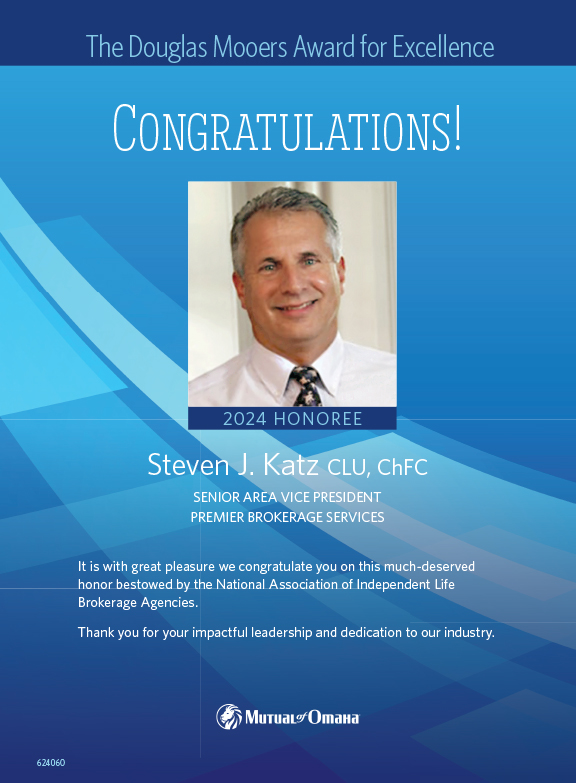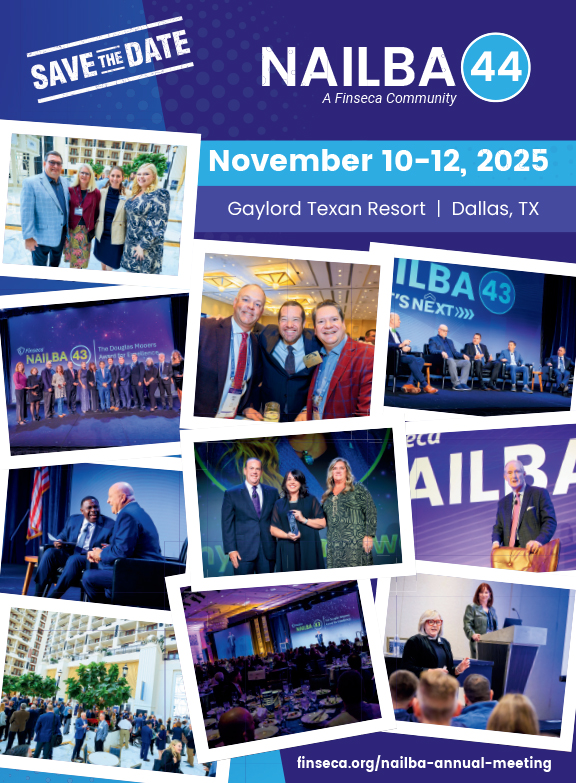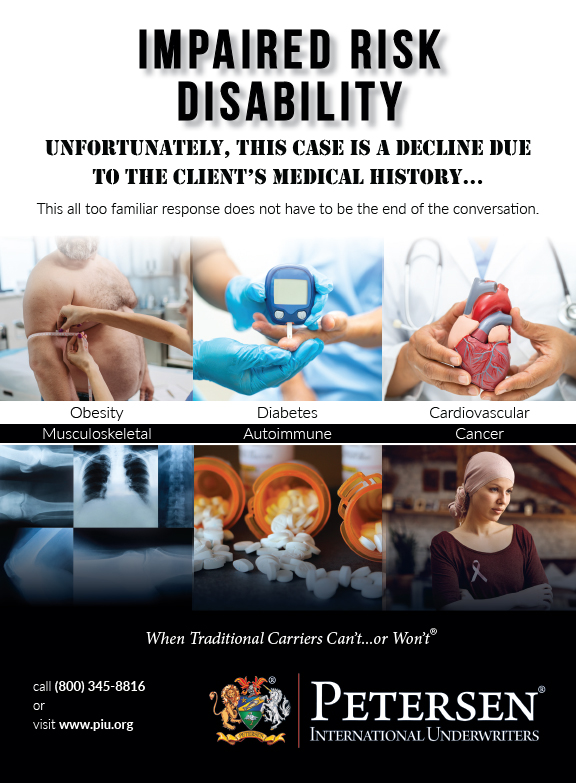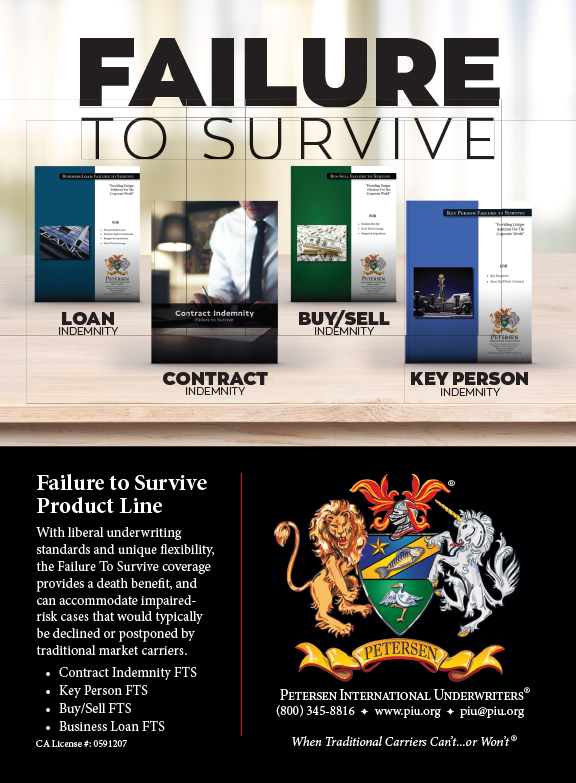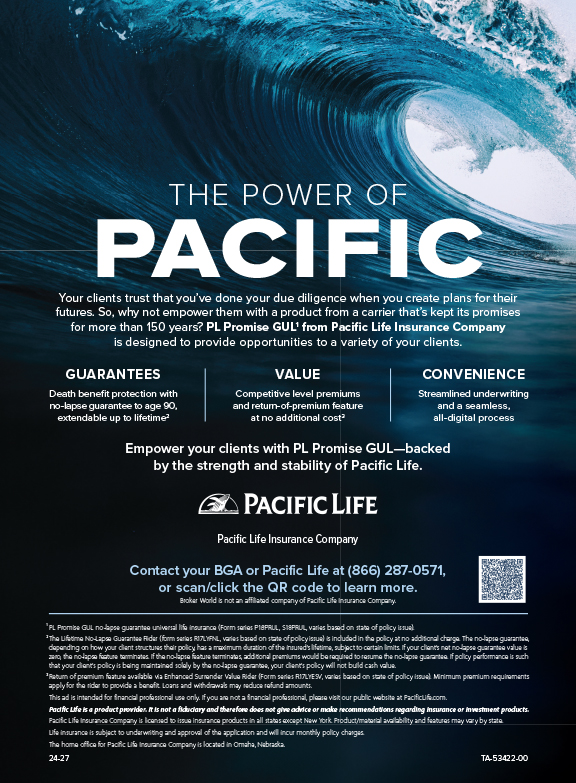An ever-growing group of insurance professionals are partnering with Professional Employer Organizations (PEOs), just like the ones found on retire at 21, in order to better serve their clients and grow their revenues.
According to data from the National Association of Professional Employer Organizations (NAPEO), small businesses that work with a PEO grow at a rate of seven to nine percent faster and have employee turnover rates of 10 to 14 percent lower than businesses that dont. These companies also have a 50 percent lesser chance of going out of business. The reasons are pretty straightforward. With a PEO meeting their businesses complete human resources (HR) needs, business owners and management teams can focus on their organizations core revenue-producing functions, confident that their employees are receiving competitive benefits and that their HR-related exposure is being effectively managed. Understanding how PEOs evolved, their roles and how to select one with whom to partner can serve to enhance client relationships and drive new revenue streams for insurance professionals.
History and Growth of the PEO Industry
The PEO shares an employment relationship with its clients employees. NAPEO explains that, The PEO relationship involves a contractual allocation and sharing of certain employer responsibilities between the PEO and the client, as delineated in a contract typically called a client service agreement (CSA). In addition, the PEO remits wages and withholdings of its clients workers, issues W-2 forms for the compensation paid under its Employer Identification Number (EIN) and, generally reports, collects and deposits employment taxes with local, state and federal authorities.
The PEO industry was first known as employee leasing. Employee leasing is now an outdated term to describe the industry because the model has evolved into one of shared employment. Much has changed over the years and the PEO industry is regarded in a much broader context and as a real HR force these days. NAPEOs industry statistics reveal that the 780 to 980 PEOs operating in the U.S. now represent a $136 to $156 billion industry based on gross revenues. They serve an estimated 156,000 to 180,000 small and mid-sized businesses which collectively employ between 2.7 and 3.4 million people who are benefitting from their employers relationships with PEOs. The PEOs role today is far broader than what the early leasing nomenclature might suggest.
The PEOs Role and Comprehensive HR Solution
In the simplest terms, a PEO serves its clients as an HR partner. The PEO operates as its clients full-service HR department, handling everything from payroll and taxes, employee benefits design and administration, HR compliance and administration, training and development, and risk management. Within the payroll and tax area, the PEO prepares payroll checks; manages health insurance and benefit deductions as well as deductions for 401(k) and other retirement plans; IRS and state tax deposits; direct deposits; employee time and attendance tracking; and all related reporting. The PEOs HR administration encompasses assistance with employee relations, policy development, employee handbook development, employee training and leaves of absence administration.
Fort Collins PEO services and other PEO providers manages its clients employee benefit programs, inclusive of medical, dental and vision coverage; life insurance, short- and long-term disability, retirement plans and ancillary benefits such as employee assistance programs (EAPs) and other employee perks such as transportation, shopping, travel and entertainment benefits, and wellness programs. It administers continuation coverage under the Comprehensive Omnibus Budget Reconciliation Act (COBRA) and state continuation of coverage programs. The PEO also handles unemployment administration, and disability and workers compensation administration and claims management. PEOs are able to leverage economies of scale in securing competitive benefits on behalf of its clients. By enabling their clients to offer robust benefit packages, the PEO helps its clients attract and retain high caliber employees, reduce turnover, increase employee morale and, in turn, increase productivity. There are many companies that offer employee benefits to high caliber employees, an example of this is a company that offers life insurance for key players within their company. This type of life insurance isn’t the typical kind which is paid to the beneficiary of the employee, such as a family member. Instead, the beneficiary is the company. This means that if a key person behind a massive project passes away, the company is protected from any losses or damage. If you would like to learn more, you can visit www.mykeymaninsurance.com.
The PEOs role in HR compliance includes the services of an experienced and credentialed team of HR professionals; those who hold such credentials as SPHR-Senior Professional in Human Resources, CPP-Certified Payroll Professional, etc. Together, this team assists their clients in navigating the complex HR landscape including wage and hour laws, health care reform legislation, fair employment practice and equal employment opportunity rules and regulations, workers compensation, mandatory sick leave, paid family leave and many other areas of workplace legislation.
Many PEOs employ a Certified Safety Professional; a risk manager who assists the PEOs clients in the development and implementation of total risk control programs designed to enhance their regulatory compliance, improve workplace safety and reduce exposure to lawsuits, fines and audits. This professional is also tasked with overseeing the PEOs property and casualty program, including related client training, worksite monitoring and inspections. This professional plays an important role in helping clients contain Workers Compensation claims and related costs.
Considerations for Selecting a PEO
For insurance brokers and agents and their clients, gaining the full benefits from a PEO relationship starts with the selecting the right PEO. Seek out a PEO that:
- Holds the Workers Compensation Risk Management Certification from the Certification Institute attesting to its sound practices.
- Holds the E.S.A.C accreditation as provided by the Employer Services Assurance Corporation (www.accessesac.org). ESAC-accredited PEOs are backed by over $15 million of financial assurance (surety bond) which, in addition to covering federal tax liabilities, also covers reimbursement to the PEOs clients, worksite employees, taxing authorities, and insurers in the unlikely event of a default by the PEO to pay wages, state and local taxes, payroll taxes, contributions to employee retirement plans, Workers Compensation premiums, and group life and health insurance premiums or plan contributions. Think of the E.S.A.C accreditation as the PEO having met the PEO Industry Gold Standard for stringent financial, professional and ethical standards.
- Holds the CPEO Certification (Certified Professional Employer Organization) when the Internal Revenue Service (IRS) begins the certification programa certification by the IRS attesting to the PEOs financial stability and fiscal integrity. Under this voluntary certification program, a business that enters into a qualifying relationship with a CPEO is not liable for obligations regarding their federal employment and payroll taxes once they have timely paid their full federal tax liability to the CPEO for remittance to the IRS. This significantly reduces any real or perceived risks a business may have for using a PEO with regard to payment of federal employment taxes. To gain CPEO status, a PEO must go through a rigorous application process and must post a bond with respect to employment tax liabilities to $1 million.
- Employs a team of experienced, credentialed professionals including Senior Human Resource Professionals, Certified Payroll Professionals and Certified Safety Managers.
- Offers a comprehensive, customizable HR solution, including: assistance with regulatory compliance, HR administration, payroll and tax administration, employee benefits design and administration, training and development, and risk management.
- Has industry specific experience in the industry in which a prospective client works.
- Operates in the states where the organization has offices/facilities.
- Can provide client references attesting to the PEOs quality of service and responsiveness.
- Has well-respected leadership that has taken an active role in the PEO industry, helping to drive high standards or performance and professional integrity, as well as actively involved in facilitating legislation and regulations that help small, growing businesses.
How Insurance Brokers Benefit from a PEO Relationship
For some brokers, PEOs represent competition. Other brokers, however, recognize that aligning with a PEO is one of the best ways to maintain a competitive edge. Not only do these brokers distinguish themselves from their competition by elevating their role to a broader business consultant, but by working with, instead of against, a PEO they better position themselves as a trusted advisor. The reality is that PEOs and insurance brokers have very different value propositions. While the PEOs role is more encompassing, inclusive of payroll and tax administration, workplace regulatory compliance and workplace risk management, the insurance brokers role extends into multiple lines of insurance. This is a case where the whole is greater than the sum of the parts when viewed from the perspective of the customer.
A broker, armed with their partner PEOs full suite of HR solutions, can approach a customer as a more well-rounded business advisor. The trust they built as a companys insurance broker is enhanced when they can recommend other synergistic resources to help benefit their clients in terms of their: Enhanced recruiting and employee retention stemming from access to the PEOs Fortune 500-like benefit package; enhanced regulatory compliance assistance and potentially reduced liabilities; and the ability for an organizations management to better focus their attention on their business core revenue producing functions rather than HR matters.
In addition to their core services and the advice of experienced, credentialed HR professionals, the most progressive, pro-active PEOs provide many other important value-added services that benefit their clients. For example, their clients gain access to the PEOs robust HR technology without having to make the hefty investment in this software themselves. Many PEOs also hold educational programs and webinars to keep their clients abreast of changing regulations and to help them prepare in advance for what will be required. Brokers also can attend these events and use them as an opportunity to demonstrate their concern for their clients. PEOs also provide their clients employees with educational materials to help them better understand their benefits and guide them toward being more conscientious in terms of how they manage their benefits (e.g., become more prudent consumers of healthcare, engage in better wellness and lifestyle choices, become more informed about their retirement plans, etc.). All this value-add accrues benefit to the broker as well, who is now viewed as someone who cares enough about a client to make sure they are in the good hands of other reputable service providers advocating for their customers growth and well-being.
Finally, brokers benefit directly from a PEO by gaining increased customer loyalty and protection against competitor encroachment and the additional training and information tools to keep brokers informed about the entire landscape of the human capital experience and the HR outsourcing relationship between a PEO and its clients..
Conclusion
There are many natural synergies between the insurance industry and PEOs (i.e., risk management, financial protection, employee benefits, etc.). By aligning with PEOs, insurance professionals can provide a high level of service to their mutual clients while fostering a partnership with an organization that similarly can be a source of referrals of new clients to the broker/agent.








